You’ve probably heard it before, but as marketers, we are in the business of storytelling. I love the quote from famous-bald-guy-with-cool-glasses, Seth Godin, that reads, “Marketing is no longer about the stuff that you make, but about the stories that you tell.” This is nowhere more true than in marketing for higher education.
But the irony is that as marketers, storytelling is not something we get much training in, if any. I happen to be a published author but the only way I got there was by spending a whole lot of time trying to understand how stories work. But if your degree is in marketing, it’s unlikely you’ve ever opened a book on storytelling.
My goal today is to give you a framework for brand storytelling that will help you understand basic story structure and, more importantly, how that structure can make your messaging better and easier.
The structure I’m going to teach you about today is the classic 3-Act structure. Some of you just threw-up a little in your mouth but I promise this’ll be painless.
The basic gist is that all good stories have one thing in common: they all have a beginning, middle, and end. Crazy! I know. But it’s true and you’ll see why in a second. The thing to keep in mind is that stories are a record of change and this structure helps us organize that change in way that is easy for people to understand.
Another way to think of these three acts is like this: In the first act, you get the hero stuck in a tree. In the second, you throw rocks at him. And in the third, you get him down from the tree. Easy peezy lemon squeezy.
What happens during those acts is important because it helps us understand some of the things all good stories do.
In the first act of a story or movie, we get to know the hero (and identify with her), we see what her normal life is like, we see what needs to change, and most of, we learn what she wants. At the end of the first act, the hero crosses an invisible threshold and steps into an upside-down world where she must learn new skills or draw on old ones to overcome a series of obstacles and achieve her goal. First acts are all about setting goals, understanding what’s at stake, and dreaming big.
In the second act, or middle of the story, the hero encounters obstacles that she must overcome in order to achieve her goals. Usually, she follows clues and learns lessons as the stakes escalate. This is where the story gets hard for the hero, where we see them struggle, and where we wonder if they will make it.
Finally, the third act sees our hero dig-deep, confront the big-baddie (which includes external and internal foes), and win the day.
Okay, so how does this relate to marketing?
Well, if we look at marketing and PR messaging, we can roughly divide it into 3 types.
First-act messaging. This is all about identification and inspiration. In the same that we connect to a story’s hero, you students need to see themselves in your messaging. They also need to be inspired to pursue their dreams and goals.
Second-act messaging. Think of it like this: the student/hero, inspired and excited by their initial decision to pursue their dream of a college education, is now confronted by a grim reality—Math 101. These messages are all about support and helping the student survive.
Third-act messaging. Welcome to winning time. As community college marketers, we write stories in which all the heroes win. So this part is easy—it’s just about showing off student successes.
So, how does this help your messaging? If you want to tell a complete story about your college, you need to make sure you are telling a story that talks about the beginning, the middle, and the end of the student journey.
You need inspirational messaging that students can identify with; you need messaging that articulates the many support services that in place to help students succeed; and you need messaging that shows students what success looks like.
Another way to say this is that students need messages of hope, support, and success.
No student will ever encounter your messaging in this order but they don’t need to. The important thing is that over time, as they encounter your messaging, each piece should be helping you tell the whole story.
Auditing your materials with these principles in mind or using them as a brainstorming tool as you start work on a campaign are great ways to make sure the story you’re telling is one that will make students feel like they belong, like they’ll be supported, and like they’ll succeed.
As Godin said, marketing is all about the stories we tell. So, what story are you telling? And is it the whole story?
Listen to the Higher Education podcast episode: The Keys To Great Storytelling










